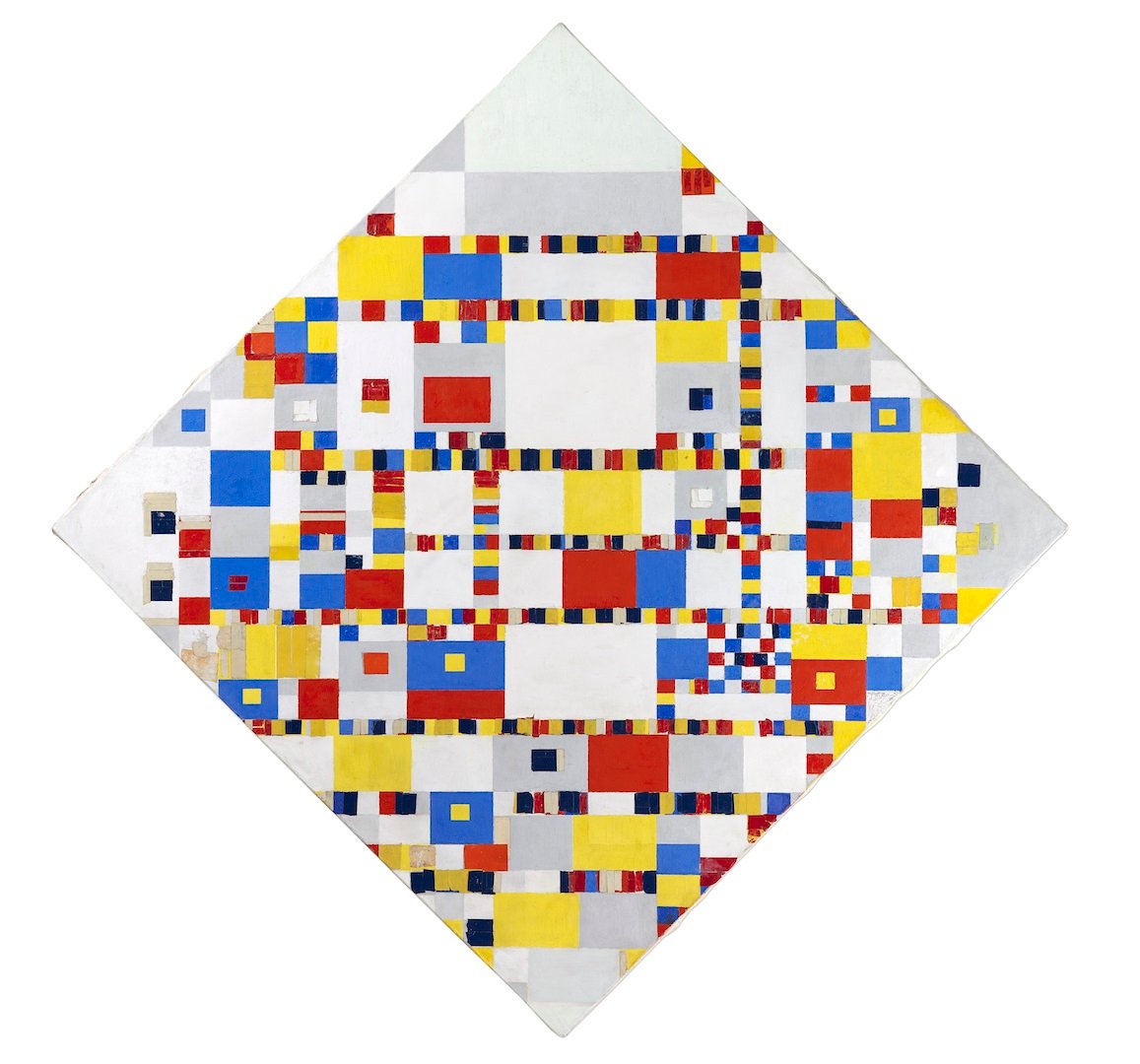
This June, the Gemeentemuseum in The Hague will launch a major exhibition of works by Piet Mondrian, displaying for the first time in full the 300 paintings and drawings by the Dutch artist that it has in its collection.
Co-curated by Benno Tempel, director of the Gemeentemuseum, with curator Jet van Overeem, the exhibition, titled “The Discovery of Mondrian – Amsterdam | Paris | London | New York,” is part of the year-long program “Mondrian to Dutch Design,” which celebrates the centenary of the birth of the art movement De Stijl and its enduring influence in contemporary Dutch culture.
The museum—which was the first institution to collect Mondrian’s work and owns the largest collection of his work in the world—is staging what is sure to be the biggest blockbuster exhibition in the country-wide program, as well as the most ambitious survey of Mondrian’s work ever mounted.
Opening on June 3, the show has been organized according to the cities in which Mondrian lived, recreating the artist’s studio in Paris and displaying models of his studios in Amsterdam and New York.
Piet Mondrian in his studio with (top) Lozenge Composition with Four Yellow Lines (1933) and (bottom) Composition with Double Lines and Yellow
(1934). Paris, October 1933. Collection RKD – Netherlands Institute for Art History. Photo credit Charles Karsten.
The star work of the exhibition will be Mondrian’s final masterpiece, the unfinished painting Victory Boogie Woogie (1944). Other highlights included in the show are Evening: The Red Tree (1908-1910), The Grey Tree (1911), Evolution (1911), Tableau No 4 (1913), Composition No IV (1914), Composition with yellow lines (1933), and Composition with Lines and Colour: III (1937).
The show will also feature objects he owned, including records from his jazz collection, a music genre that was key in the development of his artistic style.
“Mondrian has for a long time been viewed through the lens of mid-20th-century Modernism, or even through Bauhaus, leading to a lot of misunderstanding. But if you look closely at the context in which Mondrian began working, and the role of De Stijl, whose roots were in the artisanal, the work looks quite different. […] This [show will] chime with the hunger of new, younger generations, unfettered by dogma about Modernism, to find out more about the artist,” Tempel said in a statement.
The program “Mondrian to Dutch Design” is currently taking place all over The Netherlands.
In Utrecht—the birthplace of three of the De Stijl’s founding members, Theo van Doesburg, Bart van der Leck, and Gerrit Rietveld—art and design lovers can the visit the Centraal Museum, which owns the world’s largest collection of Gerrit Rietveld designs, including his famous Red and Blue Chair, and the legendary Rietveld-Schröder House, a UNESCO World Heritage-listed building, which looks like a Mondrian painting brought to life.
Nearby in Amersfoort, visitors will be able to visit the Mondriaan House, the house-cum-museum where the artist was born in 1872, which reopened to the public on March 7 after an extensive renovation, featuring a new multimedia museological display.
In Amsterdam, the exhibition “De Stijl at the Stedelijk,” which opens in December, will present its collection of De Stijl works, putting them in dialogue with works by contemporary artists like Isa Genzken and Bas Jan Ader.